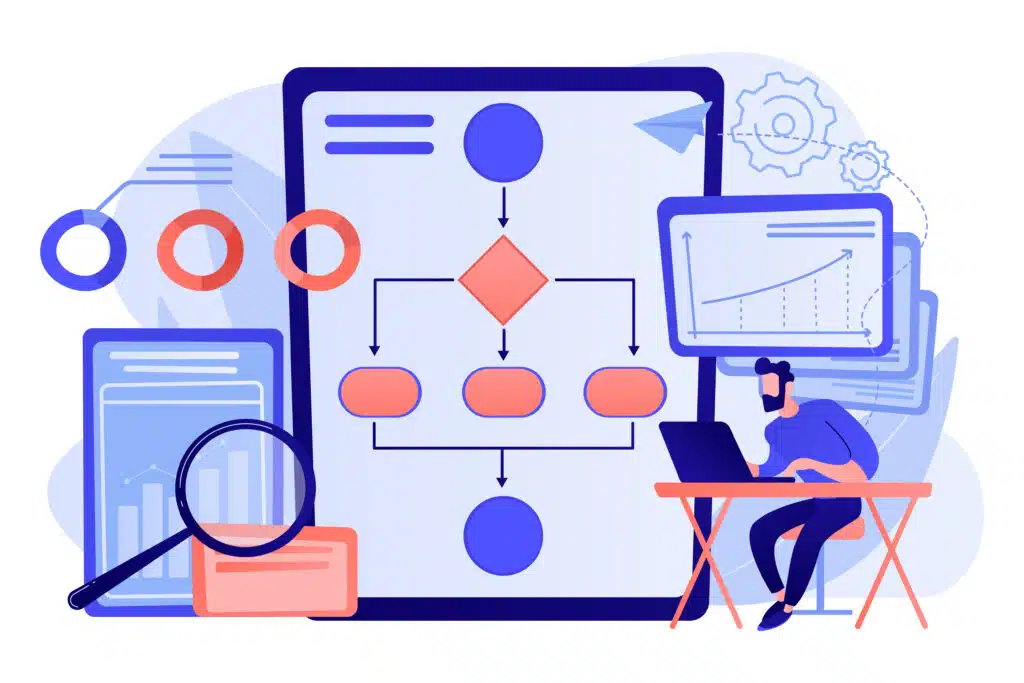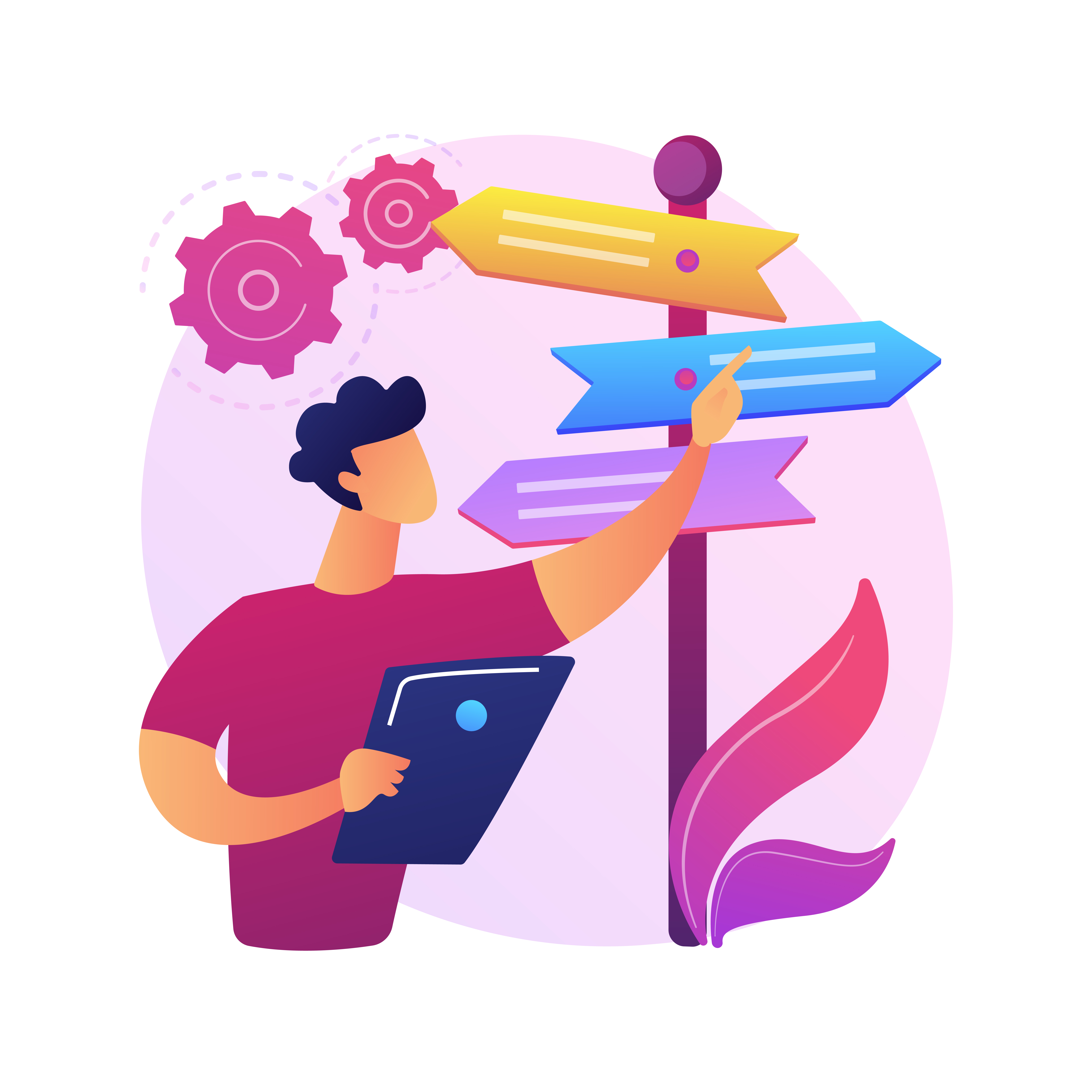Businesses are constantly looking for effective ways to streamline operations and boost efficiency. If you’re managing an IT department or need to expand your team for a software project, you’re likely familiar with the substantial expenses tied to maintaining a full in-house team.
While hiring full-time staff might seem like the standard practice, it can often lead to hidden costs that significantly impact your budget. One increasingly popular solution to reduce IT costs is Staff Augmentation.
This flexible approach allows you to scale your workforce according to your specific needs, providing you with the expertise and resources required without the hefty overhead of a permanent in-house team. In this article, we will explore how you can reduce IT costs through Staff Augmentation and the advantages it offers over traditional hiring practices.
The Hidden Costs of In-House Teams
While in-house teams provide direct control over resources, they often come with a range of hidden costs that can strain your budget. These overlooked expenses can significantly impact your bottom line. Let’s take a closer look at some of these hidden costs and how they can affect your bottom line.
Salaries and Benefits
When you hire a full-time employee, you commit to paying a regular salary and providing a range of benefits such as health insurance, retirement contributions, bonuses, and paid time off.
These costs add up significantly over time, especially if you have a large team. Even if you only require specific technical expertise for a short-term project, the salary and benefits for a full-time employee may not be justified by the nature of the work.
Salaries and Benefits can quickly add up, making full-time employees a significant financial commitment for your business.
For instance, hiring a software developer for a year-long project doesn’t just include their salary—it also involves covering benefits like health insurance, vacation days, and sick leave. Together, these costs can escalate, making the investment disproportionate to the project’s scope.
Moreover, retaining the right talent introduces additional expenses, including long-term incentives and career growth opportunities, which further increase costs over time.
Recruitment Costs
Another hidden cost of maintaining an in-house team is recruitment. Hiring new staff can be a long and expensive process. You’ll need to allocate a budget for job advertisements and recruitment agency fees.
Your HR team will spend time reviewing resumes, interviewing candidates, and conducting background checks. Once you’ve found the right individual, further investment is needed for onboarding, training, and ensuring they’re up to speed with your company’s processes.
These recruitment costs can be substantial, especially if you are regularly hiring for different roles within your IT department. Furthermore, finding the right candidates with the precise technical skills your team needs can be a challenge, especially in a competitive job market.
Overtime Pay
In-house teams may also face the burden of overtime pay. When your internal team is understaffed, overworked, or under pressure to meet deadlines, they may need to put in extra hours. As a result, you’ll end up paying overtime rates, which can significantly increase the overall cost of maintaining your IT teams.

While overtime pay is sometimes inevitable, especially in situations of high demand or tight timelines, it can strain your budget and affect the morale of your team. Over time, burnout can lead to turnover, further increasing your costs through recruitment and training expenses.
The Cost-Effective Alternative: Staff Augmentation
In contrast to the hidden expenses of in-house teams, Staff Augmentation presents a highly effective solution to reduce IT costs. By leveraging external professionals with the exact skills needed for specific projects, you can maintain flexibility, optimize resources, and keep costs under control.
Staff Augmentation allows you to bring in the exact expertise you require for a project without the long-term commitment or overhead costs associated with hiring full-time employees. It offers a range of benefits that can help you streamline your operations and allocate resources more efficiently.
Pay-As-You-Go Model
One of the primary advantages of Staff Augmentation is the pay-as-you-go model, which helps reduce IT costs. With this approach, you only pay for the work you need, when you need it.
There’s no need to worry about salaries, benefits, or other fixed costs typically associated with full-time employees. You can scale your team up or down according to the specific demands of a project or timeline.
For example, if you require additional developers for a short-term project, you can bring them in on a contract basis, paying only for the hours they work. Once the project is completed, you can easily scale back without the need to continue paying for full-time staff.
This flexibility allows you to adapt your workforce based on changing business needs and budget constraints, making it a highly cost-effective solution.
Reduced Overhead
Another significant advantage of staff augmentation is the reduction in overhead costs. By outsourcing specific professionals or projects to external experts, you can eliminate many of the additional expenses that come with maintaining an in-house team.
At Coorva, we specialize in staff augmentation services that allow you to tap into the right talent while avoiding the overhead costs of full-time staff. Whether you need developers, engineers, or other IT professionals, our flexible solutions provide the expertise you need while saving on unnecessary expenses.
Staff augmentation helps you cut overhead costs by eliminating the need for office space, equipment, and other long-term expenses.
Additionally, staff augmentation minimizes the risk of overstaffing or underutilizing your resources. Instead of maintaining a large internal team for projects that don’t require full-time attention, you can bring in external professionals only when necessary.
This enables you to allocate your budget more effectively, without being burdened by the fixed costs of a permanent team.
Optimized Resource Allocation
With staff augmentation, you can optimize resource allocation across your organization. Instead of relying solely on your internal IT team to handle all aspects of a project, you can strategically leverage the expertise of external professionals to handle specific tasks.
This lets your in-house team focus on their core competencies and higher-priority responsibilities, improving overall productivity.

For instance, if a project requires specialized skills that your internal team lacks, staff augmentation provides quick access to that expertise without diverting resources from other critical areas. The result is more efficient project execution, higher-quality work, and, ultimately, reduced costs in the long term.
Conclusion
In-house teams offer many benefits, but the hidden costs can quickly add up. Salaries, benefits, recruitment expenses, and overtime pay can put a strain on your budget. Staff Augmentation, on the other hand, offers a more cost-effective solution by providing the flexibility to scale your team as needed and only paying for the work you require.
By adopting a Staff Augmentation model, you can reduce overhead, optimize resource allocation, and access specialized skills without committing to long-term contracts or high operational costs. This is a smart way to manage your IT project needs efficiently while keeping expenses under control.
To fully leverage the benefits of staff augmentation, it’s essential to partner with the right provider. Working with a trusted partner like Coorva ensures you have access to skilled professionals who match your specific needs.
Are you looking to reduce your IT costs while improving operational efficiency? Visit Coorva today and explore how Staff Augmentation can help your business thrive.






